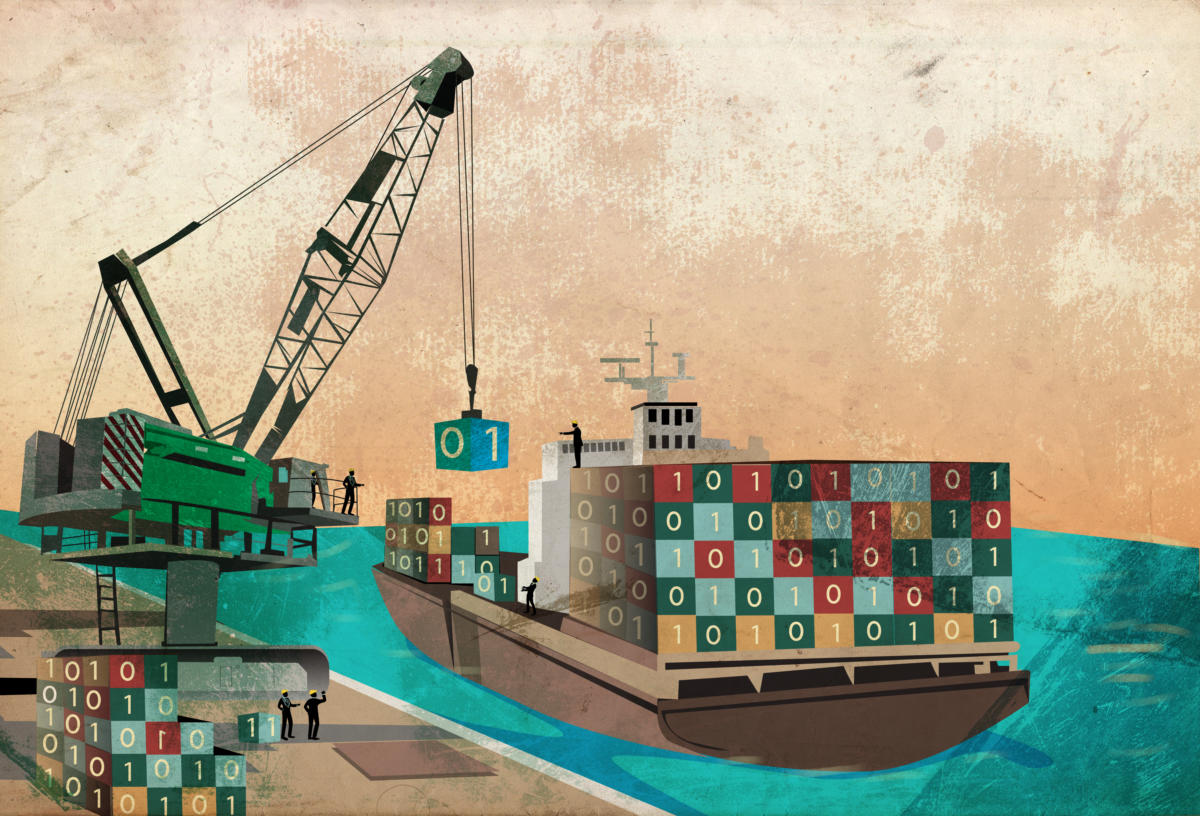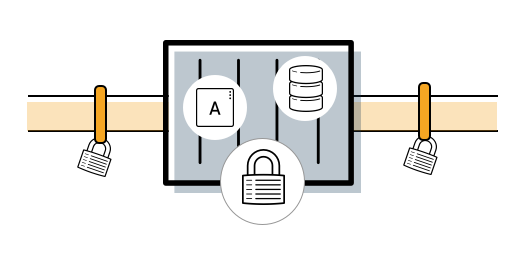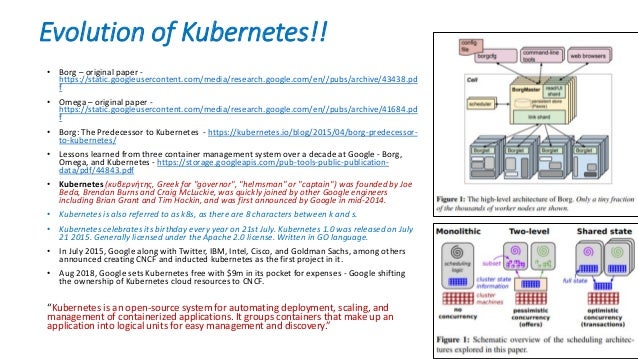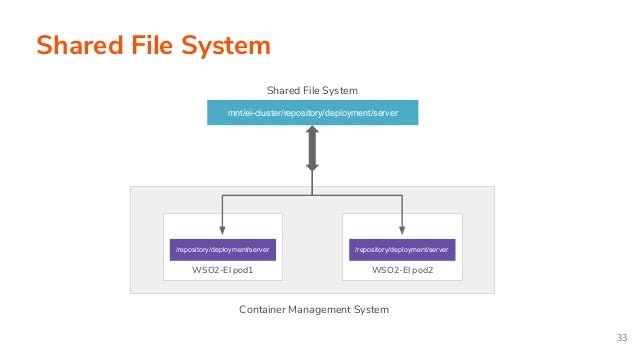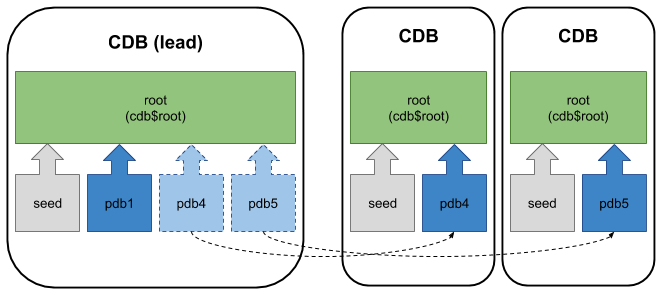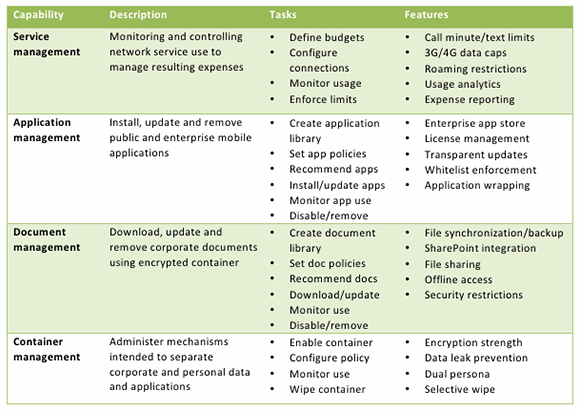Container Management System Definition
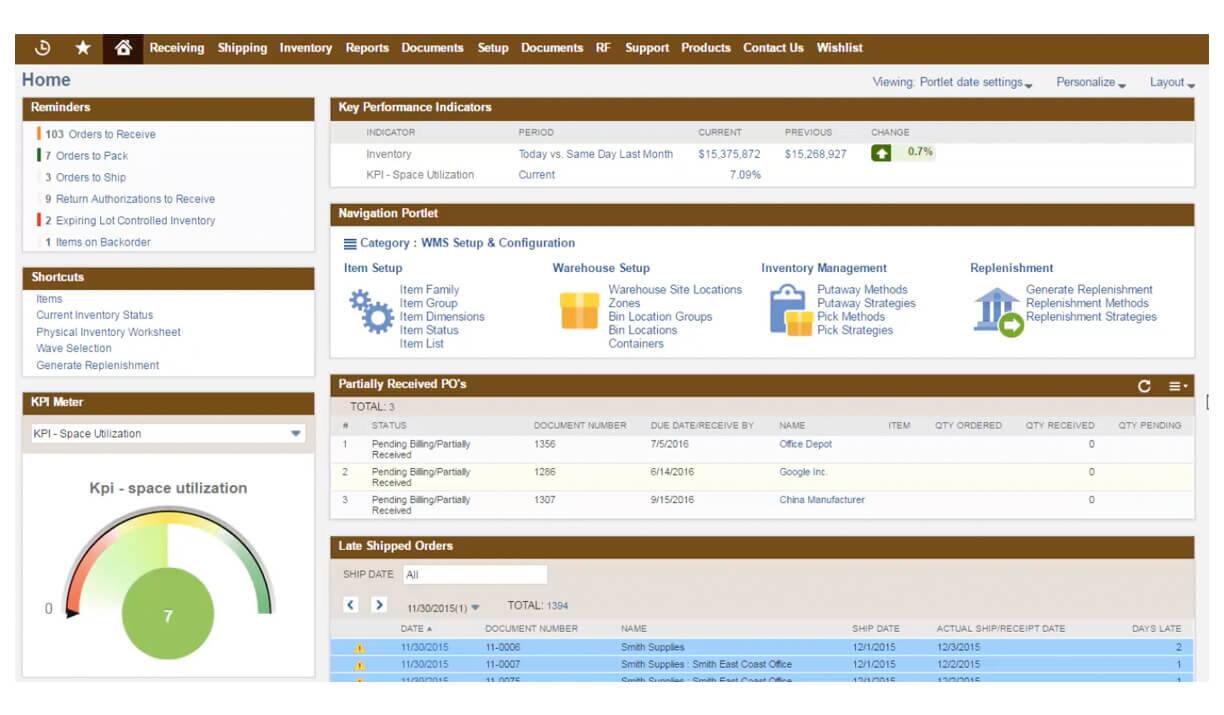
Container images become containers at runtime and in the case of docker containers images become containers when they run on docker engine.
Container management system definition. This is because each container management provider offers a variety of additional features and tools that play a key role in determining the nature of their container management solution. As they move around the world transporting cargo containers change hands constantly requiring hundreds of manual interactions and producing mountains of paperwork that cost the industry billions. The container management platforms optimize efficiency and streamline container delivery without complex interdependent system architectures. A system container can run an os similar to how an os would run encapsulated on a vm.
Lessons learned from three container management systems over a decade google llc 2016. Container management software is any of a range of products that simplify how an administrator adds or replaces software containers on it infrastructure and that facilitate the organization of large numbers of containers. It s said that almost 90 of everything we consume is shipped in a container. Its goals are to build on the capabilities of containers to provide significant gains in programmer productivity and ease of both manual and automated system management borg omega and kubernetes.
Because of this a single server can host far. For organizations that are selecting a container management solution it s important to understand a given solution in combination with the vendor that provides that solution. A docker container image is a lightweight standalone executable package of software that includes everything needed to run an application. Docker is a set of platform as a service paas products that use os level virtualization to deliver software in packages called containers.
Container based virtualization is an alternative to hypervisor based virtualization. However system containers don t emulate the hardware of a system instead they operate similarly to application containers and a user can install different libraries languages and system databases. A container may be only tens of megabytes in size whereas a virtual machine with its own entire operating system may be several gigabytes in size. In the more traditional virtualization model the hypervisor creates and runs multiple instances of an operating system so that multiple operating systems can be run on a single physical machine sharing the hardware resources.
Containers are isolated from one another and bundle their own software libraries and configuration files. Container management uses a platform to organize software containers which may also be referred to as operating system level virtualizations. Container management software automates the creation destruction deployment and scaling of containers.




